Introduction to the Clippers vs Dallas Mavericks Match Player Stats
The rivalry between the Los Angeles Clippers and the Dallas Mavericks has developed into one of the most engaging matchups in the NBA. While both franchises have experienced their share of successes and struggles, the intensity of their encounters has added a fascinating element to their historical context. This rivalry began to reshape itself in the early 2000s, with pivotal games that showcased the contrasting styles and strategic approaches of each team. The fans have witnessed prolonged playoff battles, game-winning shots, and unforgettable comebacks that have added layers to the narrative of this rivalry.
Key moments stand out in the history of Clippers vs Mavericks games, notably during the playoffs. For instance, in the 2020 NBA Playoffs, the two teams faced off in a first-round series that epitomized the fierce competition between them. The series included thrilling performances from superstars such as Kawhi Leonard for the Clippers and Luka Dončić for the Mavericks, elevating the stakes and keeping fans on the edge of their seats. This playoff matchup marked a turning point, rekindling the enthusiasm and expectations surrounding the rivalry.
Moreover, each franchise has contributed significantly to the evolution of basketball in the NBA landscape. The Clippers, often overshadowed in their earlier years, have made substantial investments to compete among the league’s elite, while the Mavericks, led by the iconic Dirk Nowitzki, have established themselves as a bona fide contender. The dynamic shifts over the years have influenced fan perceptions and expectations, creating a rich tapestry of stories that define their confrontations on the court. As we delve deeper into the player statistics and team strategies, it becomes evident that this rivalry is not just about wins and losses; it embodies the passion and dedication that define professional basketball.
Key Players to Watch: Impact on the Game
In the highly competitive landscape of the NBA, star players often dictate the flow and outcome of matches. For the Los Angeles Clippers, two key players stand out: Kawhi Leonard and Paul George. Kawhi Leonard, a two-time NBA Champion and Finals MVP, carries significant weight on the court. Known for his exceptional scoring ability, he averages approximately 25 points per game, supplemented by his defensive prowess that features over 1.5 steals per contest. His recent performances have demonstrated a return to form, consistently contributing to the team’s offensive and defensive strategies.
On the other side of the court, the Dallas Mavericks rely heavily on the unique talents of Luka Dončić. The Slovenian sensation has emerged as one of the league’s premier players, recording an average of 28 points per game along with 8 assists and 9 rebounds. His ability to read the game effectively and create opportunities for teammates sets him apart as a multifaceted threat. Dončić has also shown proficiency in clutch situations, often elevating his performance during critical moments of the game.
When analyzing head-to-head matchups, the dynamics between Leonard and Dončić are particularly intriguing. Both players have faced off numerous times, with each contest revealing their strengths and weaknesses. Leonard’s defensive capabilities pose challenges for Dončić, while the guard’s agility and versatility require Leonard to adapt defensively. Furthermore, Paul George, averaging around 21 points, plays a crucial supporting role for the Clippers, particularly in spacing the floor and maintaining pace. His experience in high-pressure situations can significantly influence the Clippers’ success against the Mavericks.
In light of these players’ statistics—points per game, assists, rebounds, and defensive metrics—it’s clear that their performances will be fundamental in shaping the outcome of this anticipated matchup. The synergy between their scoring impacts team dynamics profoundly, making them essential to watch for any basketball enthusiast.
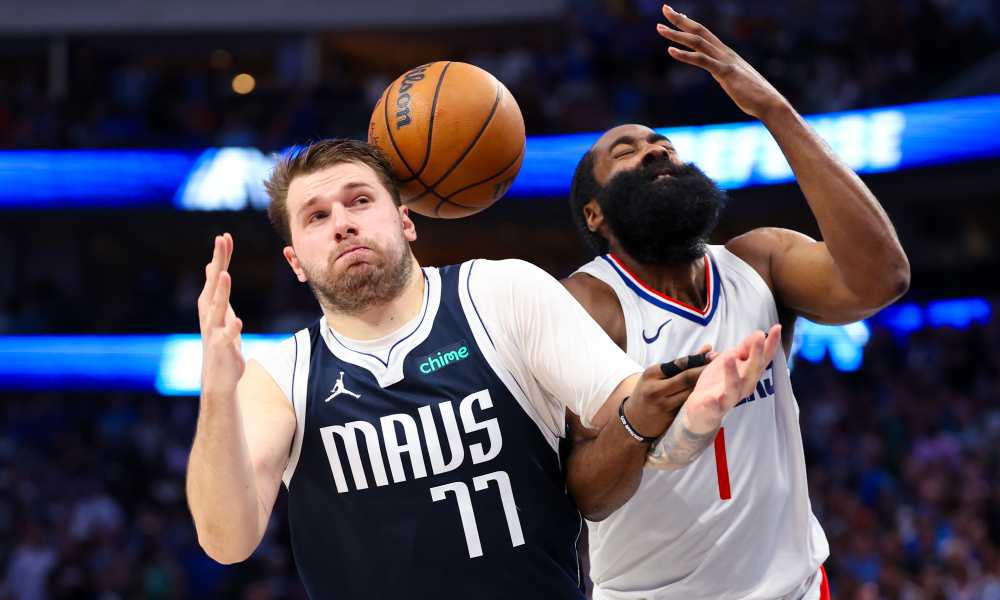
Game Highlight Stats: A Breakdown of Performance
The recent encounter between the Los Angeles Clippers and the Dallas Mavericks showcased an array of compelling player statistics that significantly influenced the outcome of the game. Understanding these metrics provides valuable insights into each player’s contribution, ultimately shaping the team’s performance and the game’s result.
Firstly, shooting percentages serve as a critical indicator of a player’s effectiveness on the court. For example, a player shooting above 50% from the field typically demonstrates a high level of efficiency, impacting the team’s overall scoring potential. In this match, Clippers’ star player recorded an impressive shooting percentage, which not only boosted his confidence but also provided the team with a substantial offensive advantage. Conversely, several Mavericks players struggled with their shooting, showcasing a lower conversion rate that hindered their ability to keep pace with their opponents.
Minutes played is another key metric that illustrates a player’s importance to their team. The Clippers’ rotation revealed several players logging heavy minutes, reflecting both strategic decisions and the coach’s trust in their abilities. On the Mavericks’ side, limited minutes for some key players raised questions about the team’s depth and adjustment strategies in high-pressure situations.
Moreover, offensive and defensive ratings are pivotal in understanding how effectively a player impacts the game at both ends of the floor. Analyzing these ratings from this matchup revealed that the Clippers’ defense was formidable, limiting the Mavericks’ scoring opportunities. Furthermore, the plus-minus stats, indicating the point differential when a player is on the court, highlighted the impact of specific players on the game flow, revealing the enablers and the challenges each team faced throughout the match.
In conclusion, delving into these game highlight statistics elucidates how individual performances- marked by shooting efficiency, minutes played, and respective ratings- collectively influenced the match between the Clippers and Mavericks. These analytics not only reflect the events of a single game but also contribute to broader patterns that may emerge throughout the season.
Conclusion and Future Matchup Predictions
In reviewing the player statistics from the recent clash between the Los Angeles Clippers and the Dallas Mavericks, several key trends have emerged that could significantly influence their future encounters. The performance metrics highlight the particular strengths and weaknesses of pivotal players on both teams. For instance, the Clippers showcased a solid defensive strategy that limited the Mavericks’ shooting efficiency, particularly in high-pressure situations. Conversely, Dallas exhibited resilience, pivoting to their star players who demonstrated consistent scoring ability.
Looking ahead, the implications of these findings suggest that the Clippers may need to reinforce their bench depth to maintain longevity throughout the season. Player development will be vital as they look to integrate younger talent who can adapt to the pressures of crucial games. The Mavericks, on the other hand, should focus on maintaining the health of their core players. Injuries have historically disrupted their rhythm and the impact of an injury could be pivotal in shaping their regular season performance and playoff aspirations.
Trade considerations may also play a prominent role in future outcomes. The speculation surrounding potential acquisitions could influence team morale and performance dynamics. Teams often recalibrate their strategies when new players are introduced, which could lead to both positive and negative ramifications. Moreover, as the season progresses, evolving team dynamics will likely dictate tactical adjustments, particularly under intensive competition scenarios.
Overall, while player statistics provide valuable insights into team performances, the unpredictable nature of sports means future matchups between the Clippers and Mavericks are inherently uncertain. Stakeholders will need to remain vigilant regarding player health, trading activities, and the shifting dynamics that can come from game-to-game performance variations as these will continue to shape the narratives of their matchups.
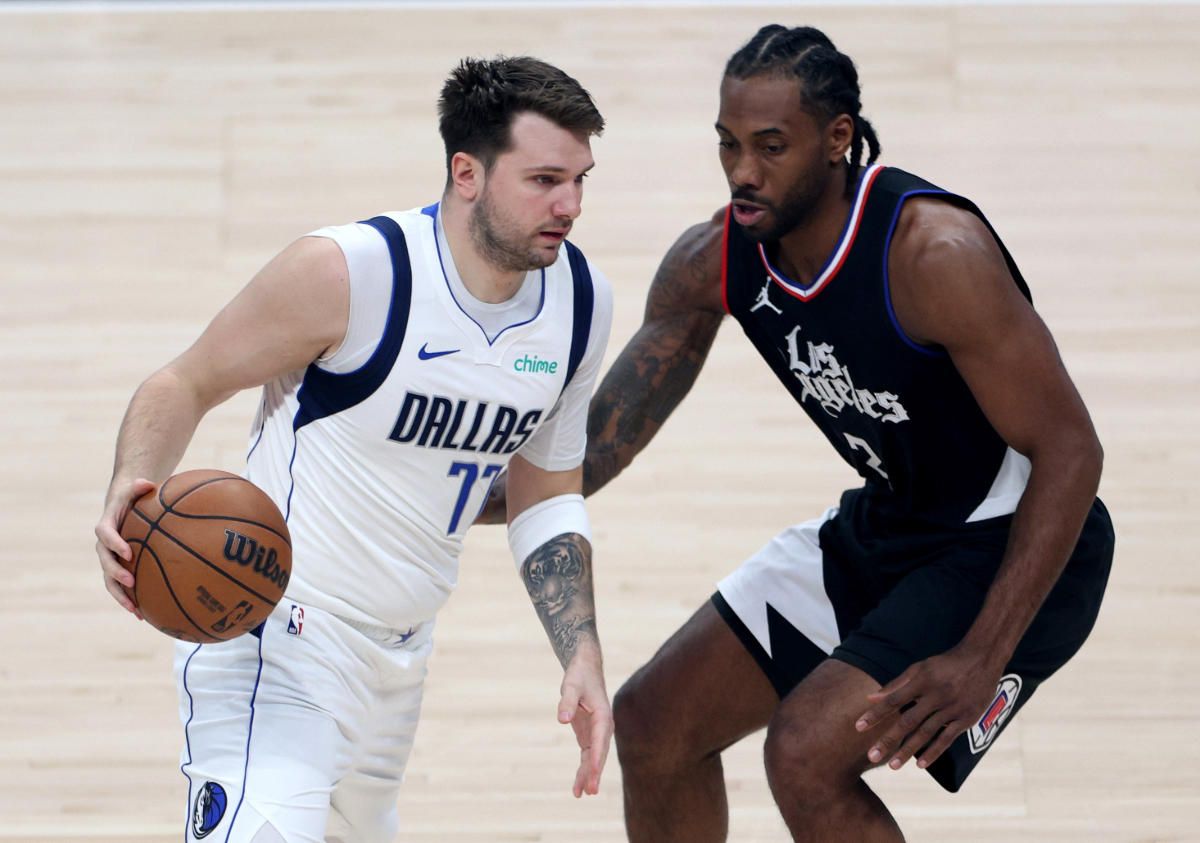

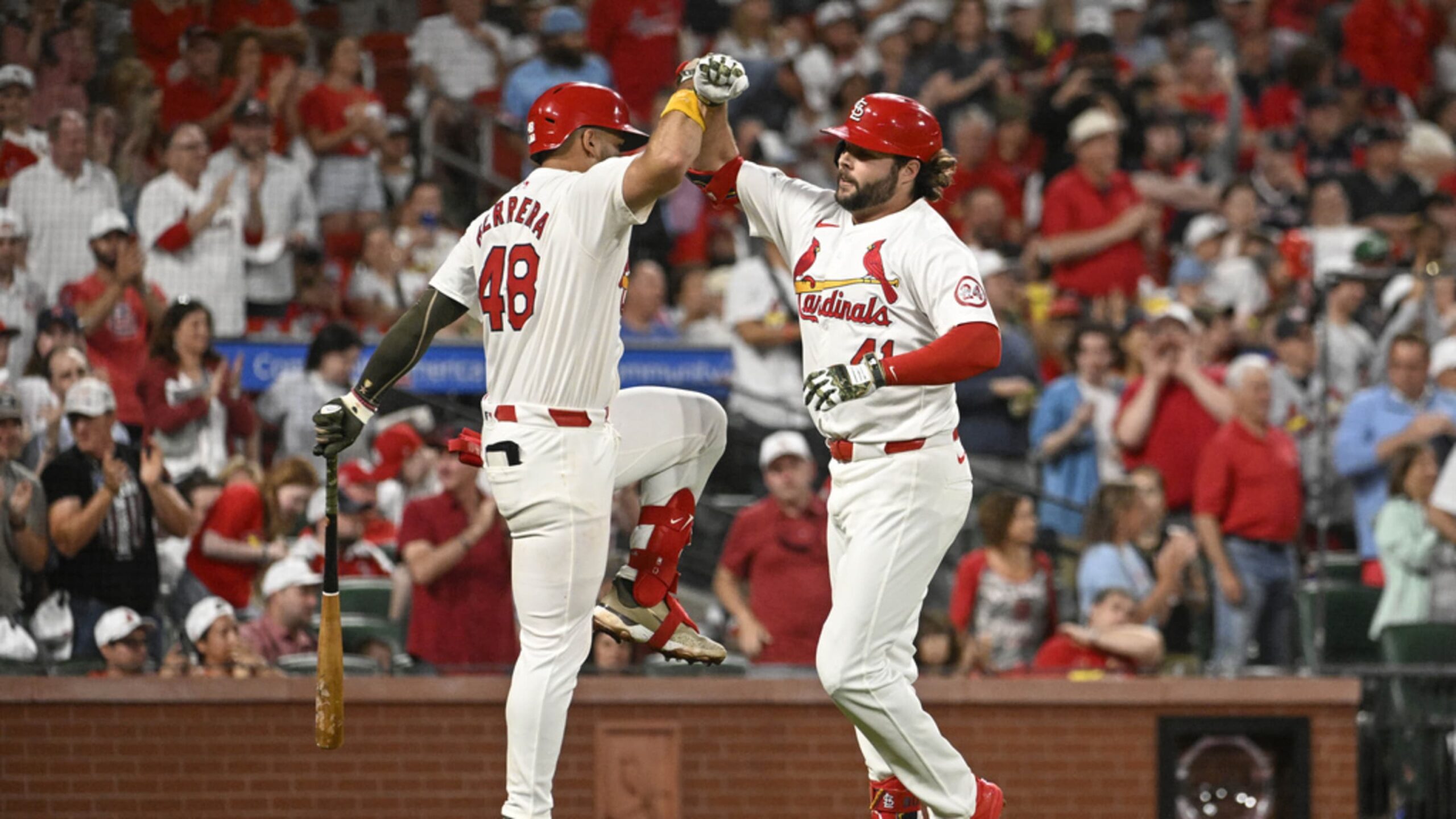
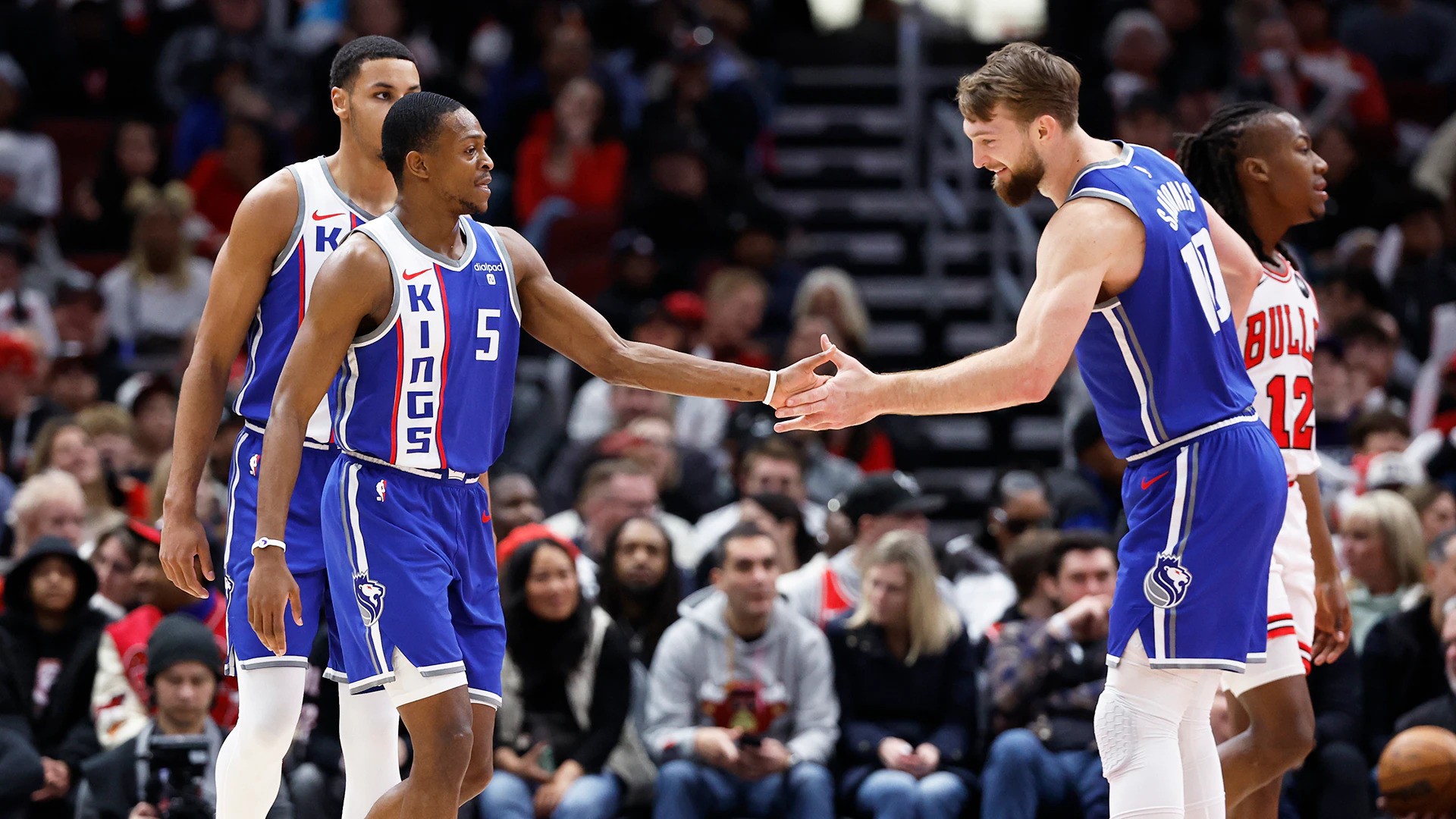
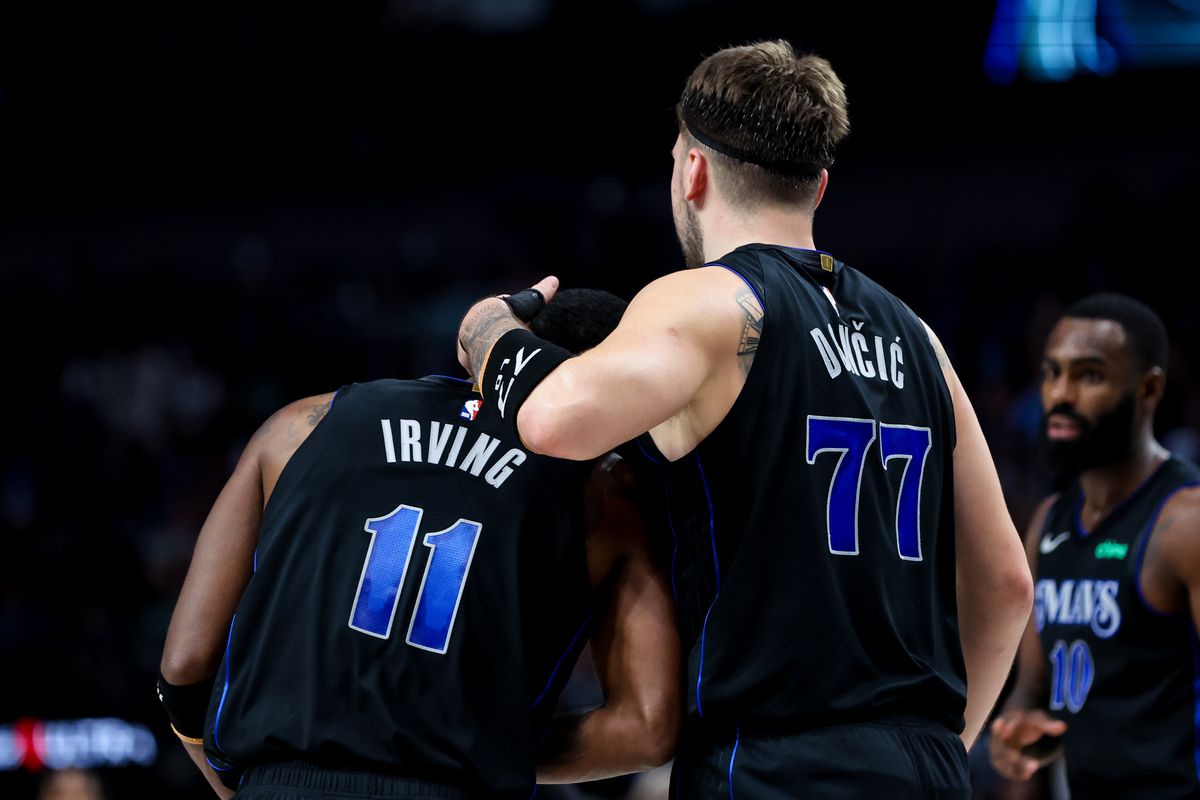
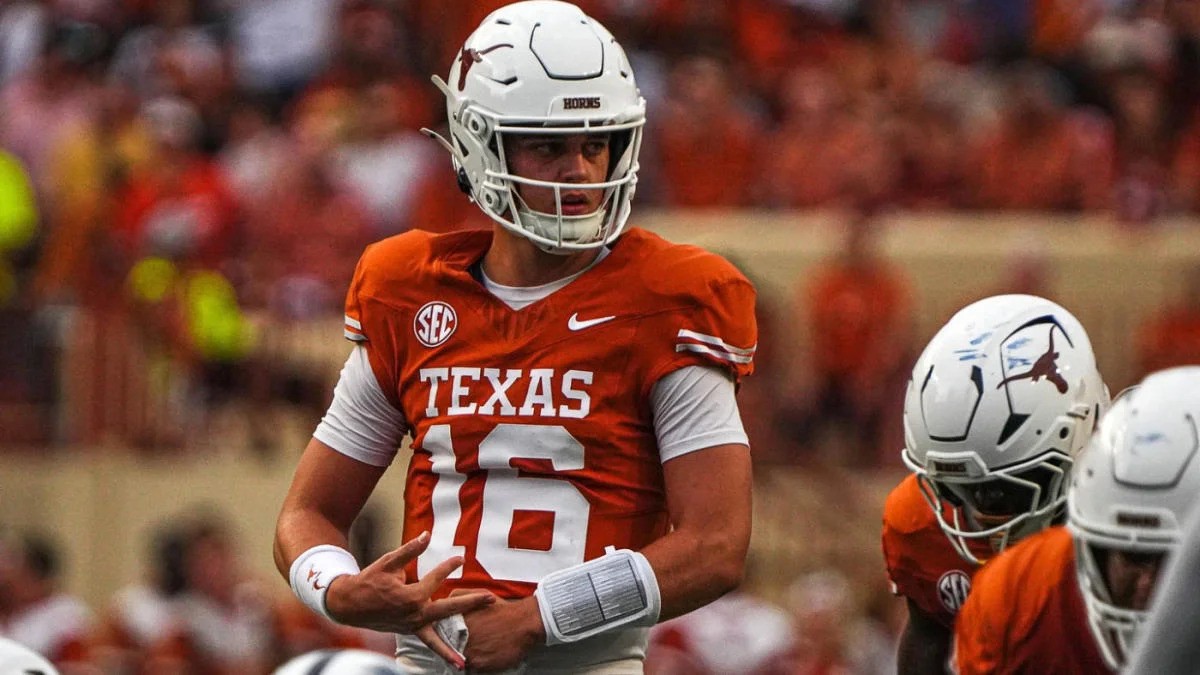

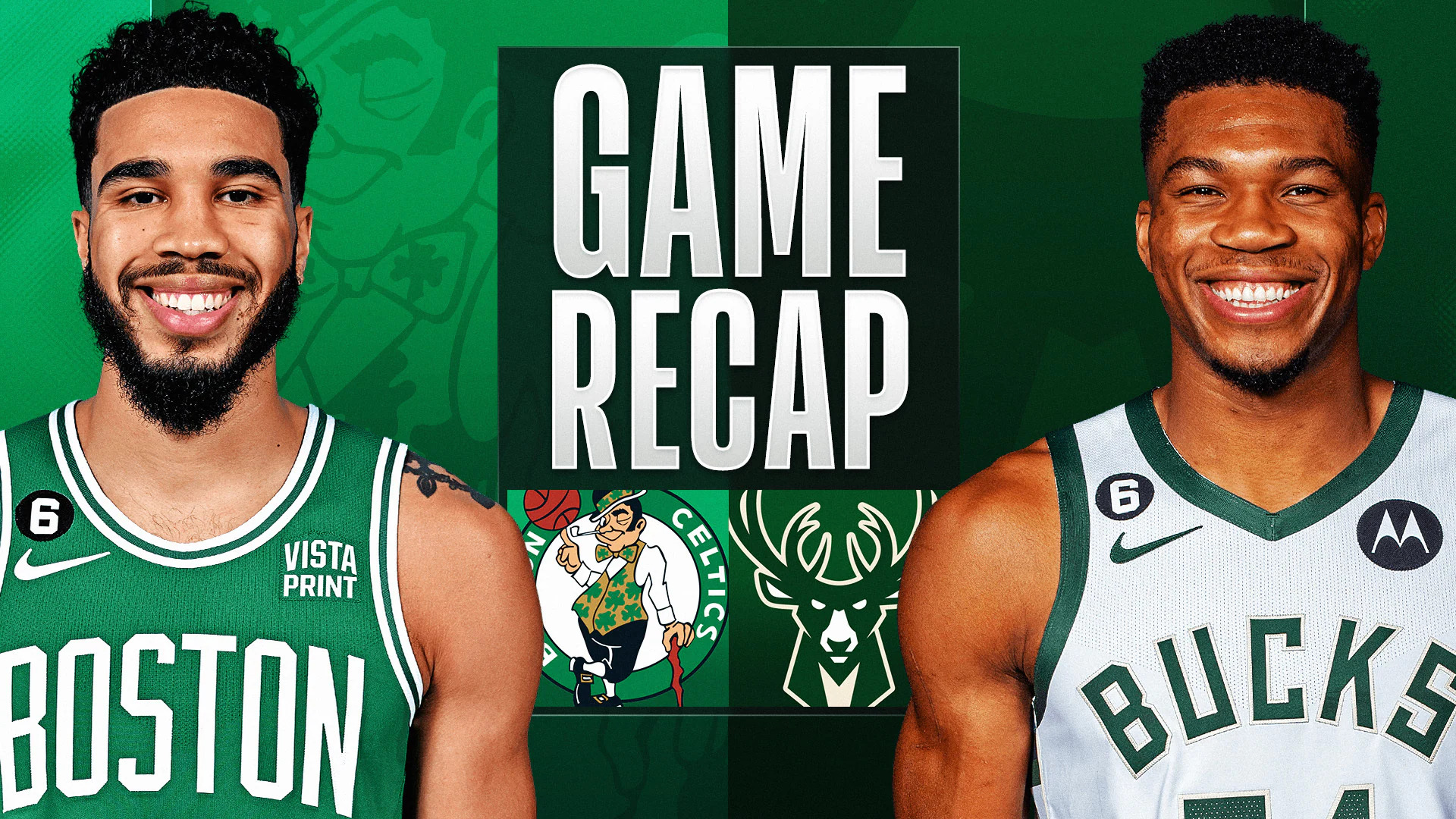
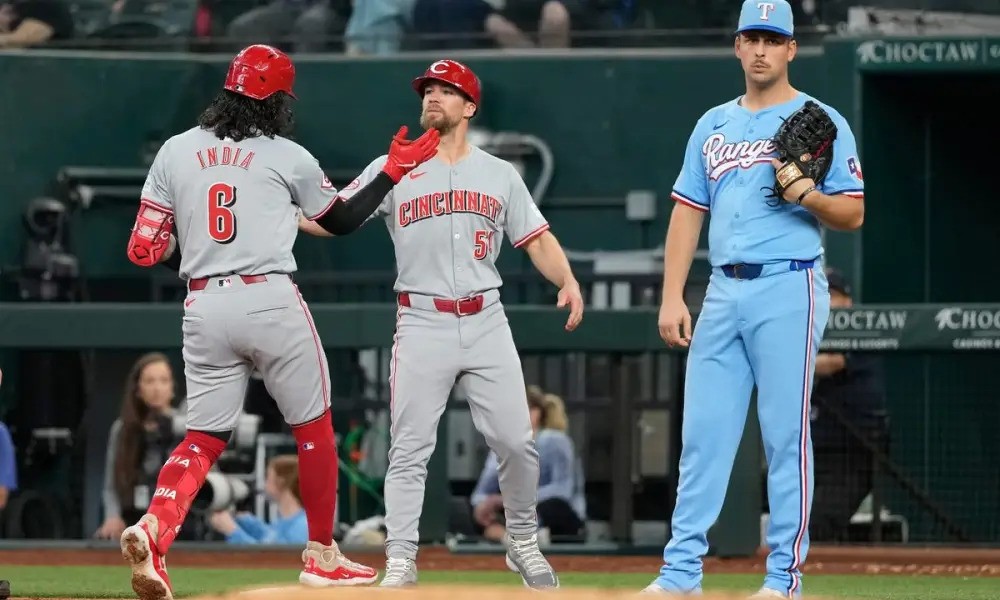
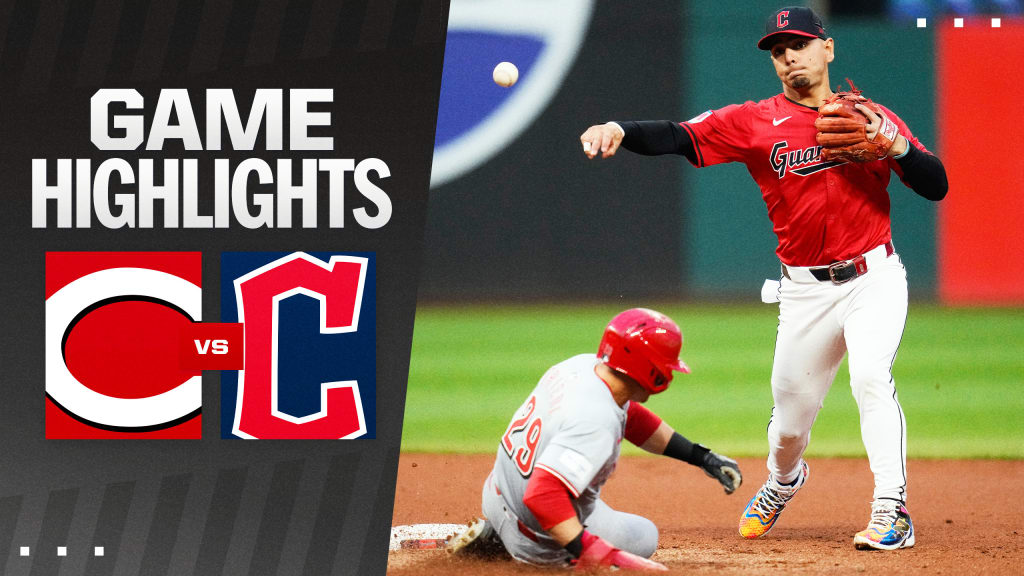
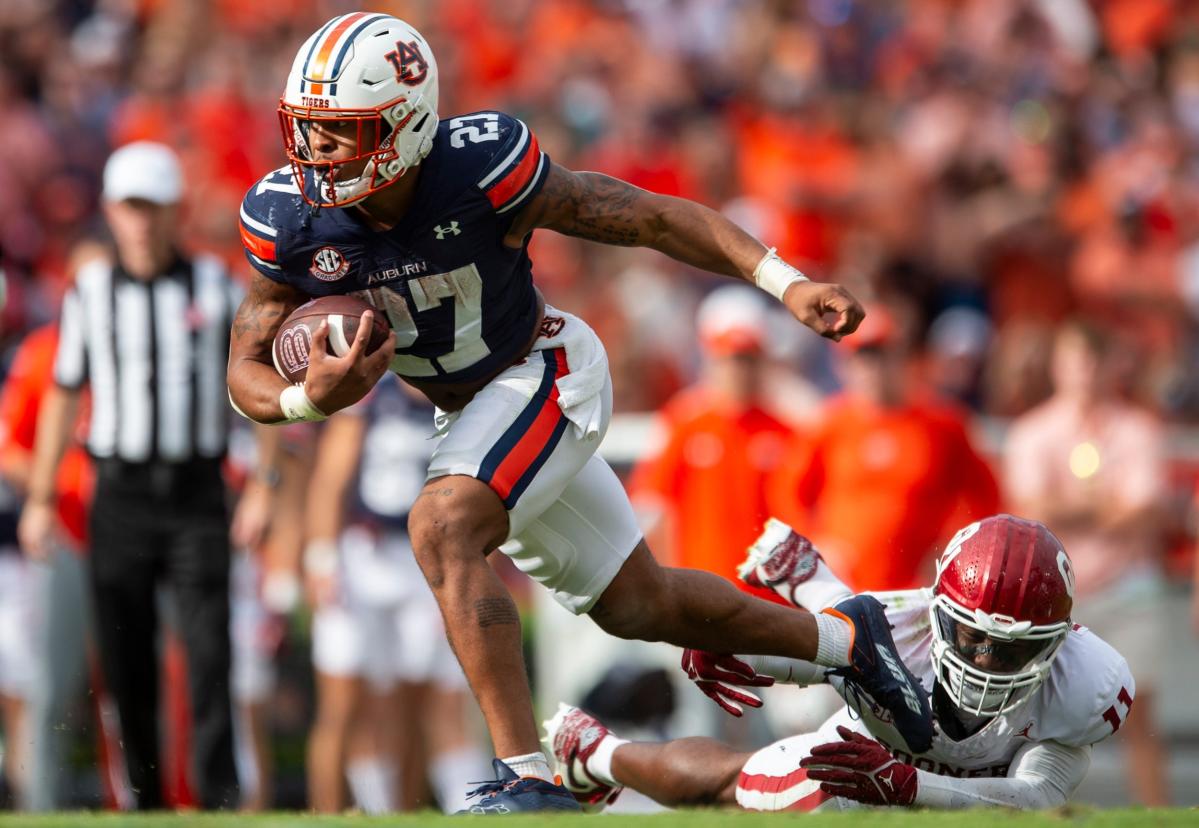



Leave a Reply